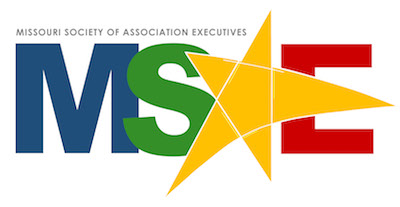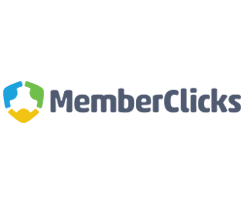MSAE President's Update - December 2020
MSAE President, Kathy Pabst, CAEAs my year of serving you as President ends, I look back and hope to have continued the efforts of the board and left it better than before I began my term. Building on the foundation of previous Presidents, MSAE had a direction charted, but was derailed by COVID-19. No one could have predicted the impact this devastating disease had on our personal lives and our professional environments. The MSAE board made the tough decision to move the management of the organization to the board due to the financial impact of hiring an association management company. We have succeeded in this transition because we have the right team in place at the right time.

